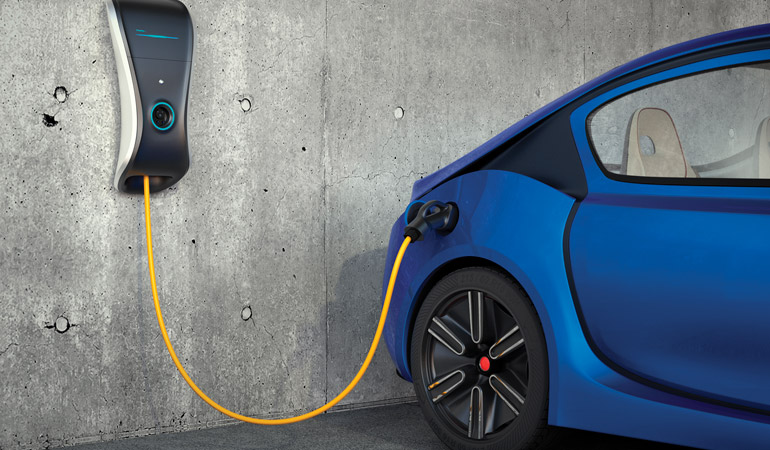If you have an electric car, there are several reasons to consider installing an electric vehicle (EV) charging station at home. Most notably, having an at-home EV charging station means never having to stress about finding a charging station before your car’s battery runs out.
About the Level Types
Level 2 will be very slightly better for the battery than level 1. The main advantage of level 2 (240v) over Level 1 (110 volt) is the lower efficiency losses. Larger wire for level 2 means less resistance which means lower heat lost due to high current.Unlike Level 1 and Level 2 charging that uses alternating current (AC), Level 3 charging uses direct current (DC). The voltage is also much higher than Level 1 & 2 charging, which is why you don't see level 3 chargers installed at home.
The cable you buy to charge at home or carry with you to replenish the battery energy from public charging points will have a Type 1 or Type 2 plug on one end that fits with your EV or PHEV’s connection. All charging cables come with a universal type 2 connection at the charger end, regardless of whether they are type 1 or type 2.
More About AC vs DC Charging
There are two main types of EV chargers: Alternating current (AC) charging stations and direct current (DC) charging stations. Electric vehicle batteries can only be charged by direct current electricity, while most mains electricity is delivered from the power grid as alternating current. For this reason, most electric vehicles have a built-in AC-to-DC converter commonly known as the "onboard charger".
At an AC charging station, AC power from the grid is supplied to this onboard charger, which converts it into DC power to then recharge the battery. DC chargers facilitate higher power charging (which requires much larger AC-to-DC converters) by building the converter into the charging station instead of the vehicle to avoid size and weight restrictions. The station then supplies DC power to the vehicle directly, bypassing the onboard converter. Most modern electric car models can accept both AC and DC power.

